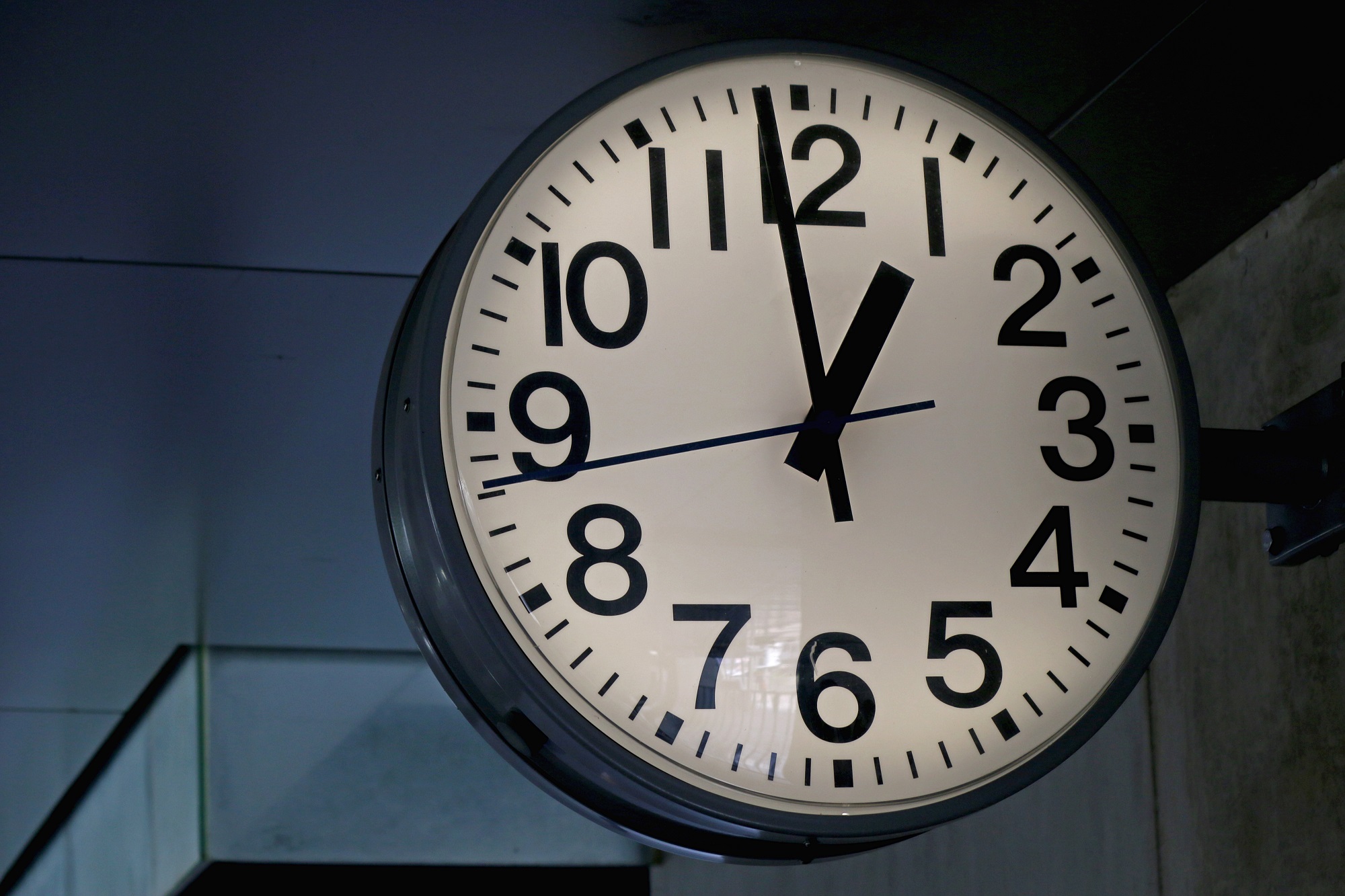Imagine someone finally deciding to get help for their drug or alcohol addiction or their mental health. They’ve thought about the pros and cons, gathered enough courage, and maybe even talked to a friend. One of the first questions that comes to mind is a simple yet important question: “How long will this take?”
It is a common question for people who are thinking about a Partial Hospitalization Program (PHP). A PHP is more structured and supportive than regular outpatient treatment, but it doesn’t need someone to stay overnight at the facility like inpatient care does. It’s a full-time program that focuses on daytime rehab and allows participants to spend their evenings at home or in a sober living environment.
The fact is that there isn’t a universal timeframe. The length of PHP treatment depends on a number of factors, including the personal circumstances, the program’s design, and the progress they make along the way. This blog discusses what affects the length of a program, what a typical program looks like, and what patients can expect for each week.
What is PHP treatment?
Partial Hospitalization Program is generally described as a middle ground between inpatient and outpatient care. It’s designed for those who need more help than once-a-week therapy sessions but do not require 24/7 medical supervision.
PHPs normally run five to seven days a week, and the treatment days last anywhere from four to six hours. Patients spend their time in structured therapy, skill-building groups, and occasionally in holistic sessions like yoga or art therapy. They can go back to their homes or to a supportive living environment at the end of the day. Patients can use their skills in the real world while still receiving intensive support during the day.
Who benefits from PHP?
It’s the best option for those who are stepping down from an inpatient program, have completed detox, or haven’t had success with regular outpatient therapy. Conditions range from mood and anxiety disorders to substance use problems, or both.
In short, PHP is for people who need a strong level of care, structure, accountability and home environment but don’t want to be completely hospitalized. It’s a bridge that helps people to stabilize, learn new skills, and prepare for long-term outpatient treatment.
Factors Influencing PHP Timeline
When people want to know how long PHP lasts, they actually are asking about how long it will take to become stable and be ready for the next step. PHP duration varies highly, as rehab is different for each individual. Moreover, customized php treatment plans affect its duration which depends on several other factors
Severity and Type of Condition
The more severe the condition, the longer the treatment lasts. For example, someone who has intense depression and has suicidal thoughts would probably require more time to stabilize than someone who is only anxious. Also, substance use disorders that have developed over years may take longer to treat than those detected early.
Co-occurring Disorder
Many patients in PHP have co-occurring disorders or “dual diagnoses,” which means they have substance use disorder and a mental health problem like depression, PTSD, or bipolar disorder at the same time. It takes time to deal with both problems at once. Integrated therapy is used for psychiatric care and to make progress with mental health recovery.
Individual Progress and Responsiveness
Personal growth might be the most significant factor. Some people recover quickly with therapy and learn new coping strategies. Some people require extra time to get used to things, trust their providers, or practice their skills in daily life. PHPs are designed to be flexible, so the length of stay can be different for each person instead of being the same for everyone.
Attendance and Commitment
Consistency is important for progress. Going to treatment every day and engaging in therapy completely speeds up progress. On the other side, missing sessions or being passive during treatment might increase your stay. PHPs are highly structured with daily support, so attending regularly helps you develop momentum and reinforce new coping skills.
Aftercare Planning
PHP is just one step in the long journey of recovery. How long PHP lasts depends on how ready the patient and their support system are to go on to the next step, such as an Intensive Outpatient Program. The program might need to be extended if it takes longer to develop a safe, long-term aftercare plan. It also depends on how well you learned coping mechanisms and their utilization.
Insurance and Financial Conditions:
Finances can be a factor, even if they aren’t personal. Insurance companies only cover a certain number of days or weeks, which can affect how long someone stays in PHP. Fortunately, many programs work closely with patients and insurers to make sure that care doesn’t end suddenly.
These factors combined explain why one individual can complete PHP in four weeks and another would stay for eight or more. Always keep your mind on being ready for the next stage, not just getting to the end of the calendar.
A General PHP Timeline: A Week-by-Week Breakdown
Most PHPs follow a similar pattern but are little different from each other. Here’s what a general recovery timeline can look like. Always remember every timeline varies from individual to individual:
Week 1: Stabilization and Foundation
The first week is all about settling in. Patients go through intake assessment, meet their treatment team, and learn about the daily program. The first step is to stabilize the person by dealing with any acute symptoms or crises so they can participate in treatment.
Trust Building
This is also when trust starts to build. Meeting new peers and providers might be strange, but the goal is to make a safe, structured and home environment. Usually, at the end of the first week, patients have a personalized treatment plan in place.
Weeks 2 – 4: Intensive Therapy and Skill-Building
This is where real PHP progress starts. Every day, there are group therapy sessions, individual counseling, and occasionally family therapy sessions. Cognitive Behavioral Therapy (CBT) and Dialectical Behavior Therapy (DBT) are two important types of therapy focused on identifying triggers, changing thought patterns, and learning new coping strategies for stress.
Skill Development
Skill building is the main thing. Patients learn life skills such as communication skills, how to avoid relapses, how to use coping mechanisms, and how to be more aware of their thoughts and feelings. The schedule doesn’t give much downtime due to the structured environment, which can be hard but also helps stop unhealthy behaviors and thoughts. Stress management and dealing with mental health challenges are huge parts of this phase.
Therapy Sessions
Group sessions provide peer support, but individual therapy allows you to do deeper, more personalized work. Patients can start applying the skills they learned during the session in their daily lives, then bring their experiences into group discussions the following day.
Weeks 5 – 8: Transitioning and Stepping Down
For people who are staying longer, the focus slowly switches to being ready for life beyond PHP. Therapy sessions focus on making detailed aftercare plans, relapse prevention, and building support networks.
At this stage, the team works closely with the patient to figure out what the best next step is. This can be moving to an Intensive Outpatient Program, continuing with regular outpatient therapy, or entering a sober living situation.
During this phase, several programs taper down the number of therapy days, giving patients a chance to experience independence while still having strong support. The goal is for everyone to feel ready, confident, and connected to ongoing treatment by the end of PHP.
Most PHP durations are between four and eight weeks; however, some last longer for more complex cases. Preparing individuals for the next stage in recovery is more crucial than the number of days.
What to Expect During Treatment
Life in PHP is structured and busy. Most days start in the morning and end in the afternoon. Patients can expect treatment sessions on a regular basis, meal breaks, and some recreational or holistic activities from time to time. Structured setting is what makes PHP different than other treatment plans.
Evidence-Based Therapies
There are many different kinds of therapy employed in PHP. Cognitive Behavioral Therapy helps people identify and fight negative thought patterns. Dialectical Behavior Therapy focuses on emotional regulation and distress tolerance. Group therapy helps people interact and learn from each other, while individual sessions provide people time to talk about their own problems in more detail.
Daily Tasks
Patients may also be given daily tasks for time left after sessions, which are frequently termed as “homework,” to develop their abilities. This can include journaling, utilizing coping skills during stressful moments, or practicing communication strategies at home.
Progress Tracking
Progress doesn’t always go in a straight line. Some days feel like big steps forward, while others feel like setbacks. That’s normal. Building resilience is part of the recovery process, and PHP gives patients a safe place to make mistakes, learn, and develop with provided support. Setting realistic expectations and recovery goals is important for long-term recovery.
What Happens After PHP?
Completing PHP is not the end; it’s a transition. PHP is one step in the continuum of care. The next treatment option is an Intensive Outpatient Program, which gives you several hours of therapy a few days per week. Some people can go to regular outpatient counseling or join support groups.
The goal is to slowly reduce the level of care while keeping enough structure to prevent the person from relapsing. How long PHP lasts doesn’t matter as much as how well someone continues treatment and support following PHP for long-term sobriety.
Conclusion:
There is no set length for PHP treatment. Typical duration for most programs runs between four and eight weeks, although the actual time frame depends on the progress of the individual, the severity of their condition, and their readiness for the next stage. It’s important to take the time you need since rehabilitation is about creating a strong foundation for long-term health.





